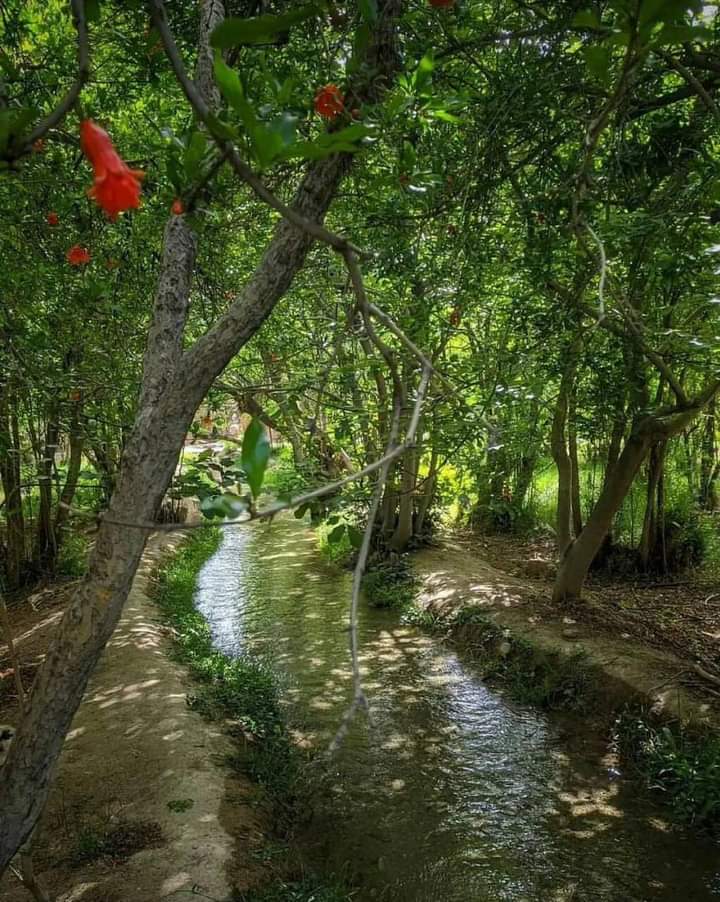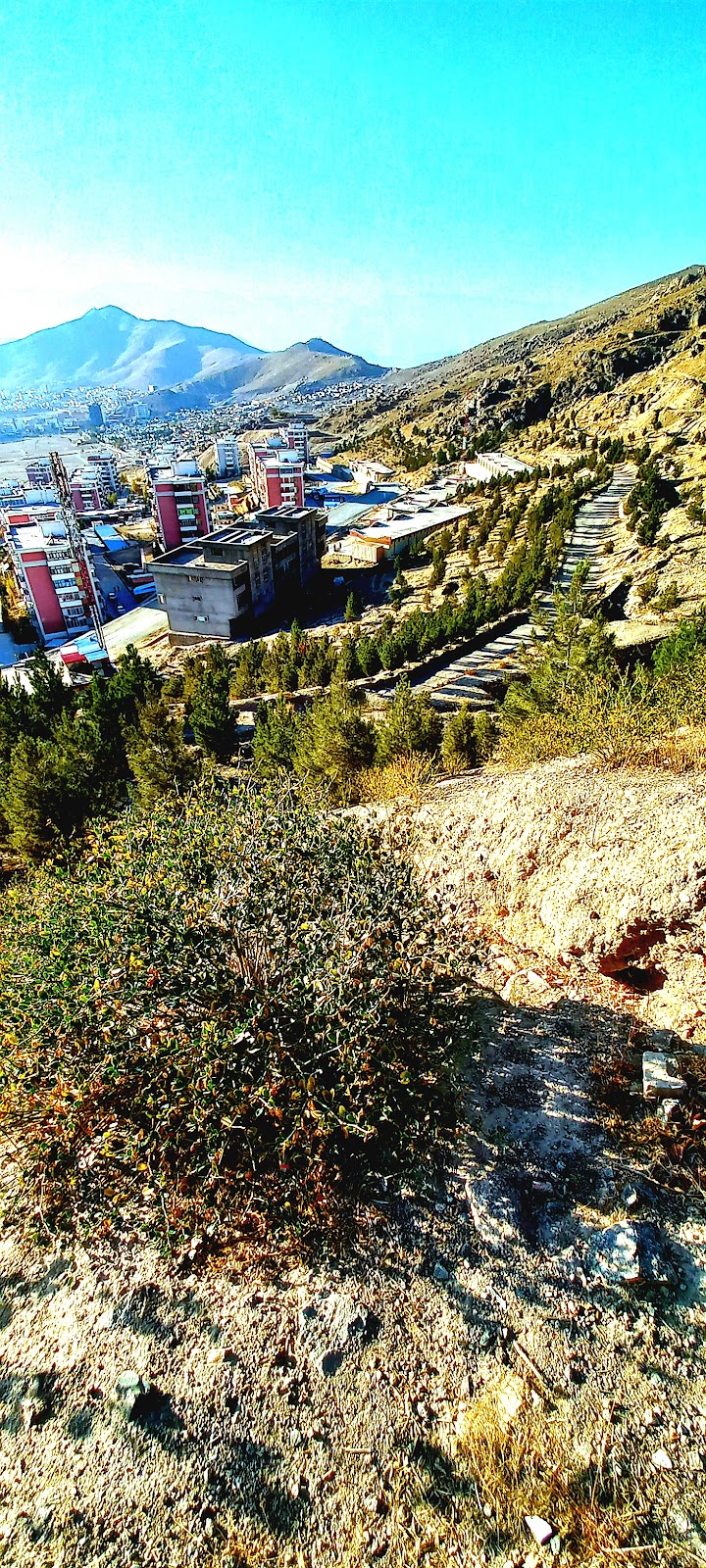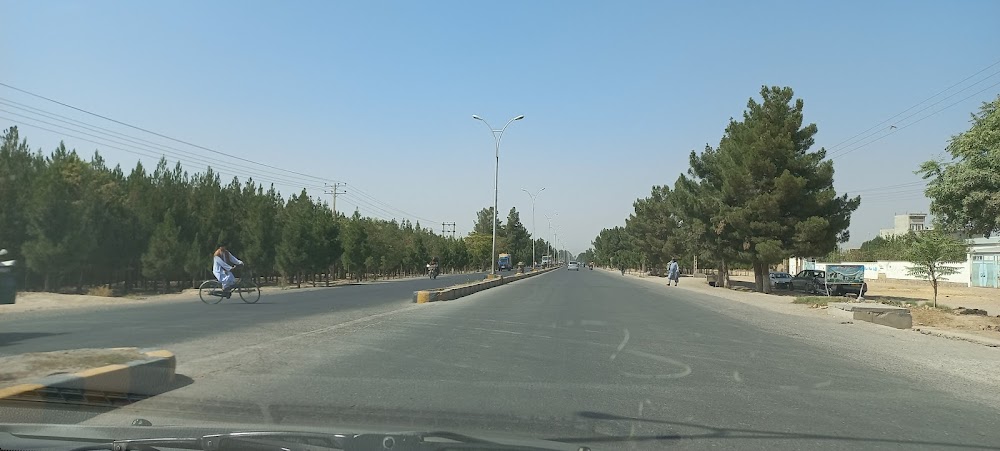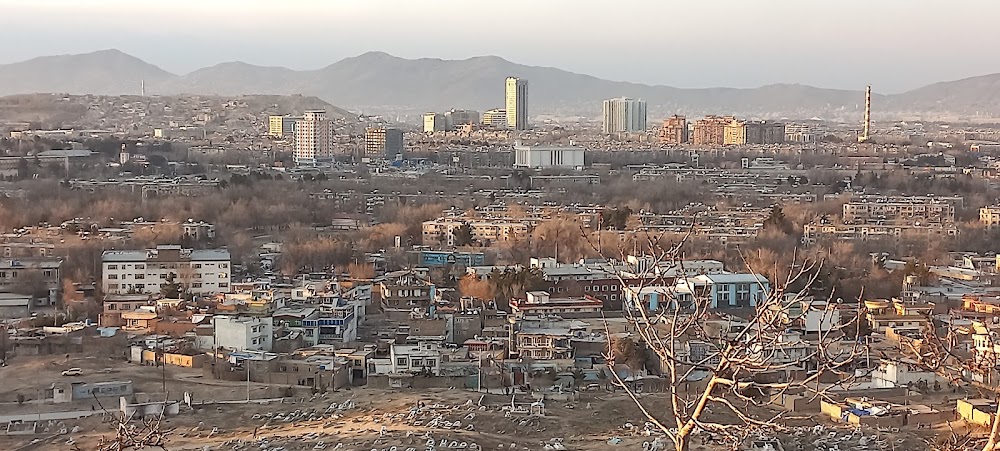Tagab District (ولسوالی تگاب)
Related Places
Overview
Tagab is a captivating district located in the Kapisa Province of Afghanistan, nestled in the northeastern part of the country. Surrounded by breathtaking landscapes of valleys and mountains, Tagab is a stunning showcase of natural beauty. The rich and varied history of this area is deeply rooted in the diverse traditions and cultures that have thrived here for centuries.
Historical Significance
The development of Tagab has been shaped by numerous empires and tribes that have claimed the region throughout history. It was once traversed by ancient pathways and caravan routes, which established Tagab as a vital link in the trading networks connecting Persia, Central Asia, and the Indian subcontinent. These routes were instrumental in facilitating cultural and economic exchanges that have significantly influenced Tagab’s unique identity.
Agricultural Heartland
Characterized by its predominantly rural setting, Tagab's economy largely relies on agriculture. The fertile soil and abundant water resources from rivers like the Panjshir make it an ideal location for cultivating a variety of crops, including wheat, barley, and various fruits. For generations, families have sustained themselves through traditional farming techniques, passing down their knowledge and skills through the ages.
Impact of Modern Development
During the 20th century, Afghanistan experienced substantial infrastructure improvements, and Tagab was no exception. New roads were constructed to enhance connectivity with other parts of Kapisa Province and beyond, fostering commerce and mobility for its residents. Educational institutions and healthcare facilities were established, aiming to improve the quality of life. However, these advancements often faced disruptions due to the geopolitical turmoil that Afghanistan has endured, including invasions, civil wars, and more recent international conflicts.
Resilience Amidst Conflict
The modern conflicts that have affected Tagab, particularly the Soviet invasion in the late 1970s and the ensuing Afghan civil war, have left profound scars on the district. Many buildings were damaged, and countless families were forced to flee their homes for safety, whether to other regions within Afghanistan or neighboring countries. Despite these hardships, the resilience of the Tagab people has shone through, as continuous rebuilding efforts reflect their determination to restore normalcy to their lives.
Rebuilding and International Support
International organizations and NGOs have played a pivotal role in the recovery process of Tagab. Their assistance has been crucial in reconstructing schools, healthcare centers, and essential infrastructure. Initiatives aimed at enhancing agricultural productivity and improving access to clean water have also been significant. These projects not only address immediate challenges but also focus on sustainable development for the future.
Community and Governance
The social fabric of Tagab is tightly woven, characterized by strong community bonds and a spirit of mutual aid. Local governance often aligns with tribal structures, where elders and community leaders hold vital roles in decision-making processes. This traditional leadership approach ensures that the needs and concerns of the residents are addressed in a culturally respectful manner.
Education and Hope for the Future
In recent years, education has seen a revival in Tagab. The establishment of new schools and educational programs has led to increased literacy rates and greater opportunities for the youth. Knowledge and learning are held in high regard, viewed as essential pathways to a brighter future for the district.
Despite the challenges faced, there is a palpable sense of hope and renewal in Tagab. The district continues to evolve and adapt, embodying the enduring spirit of its people. While uncertainties may lie ahead, the collective efforts of the community, coupled with support from various organizations, ensure that Tagab is on a path toward rebuilding and looking ahead with optimism. The story of Tagab is one of resilience, perseverance, and an unwavering commitment to crafting a better future for generations to come.







